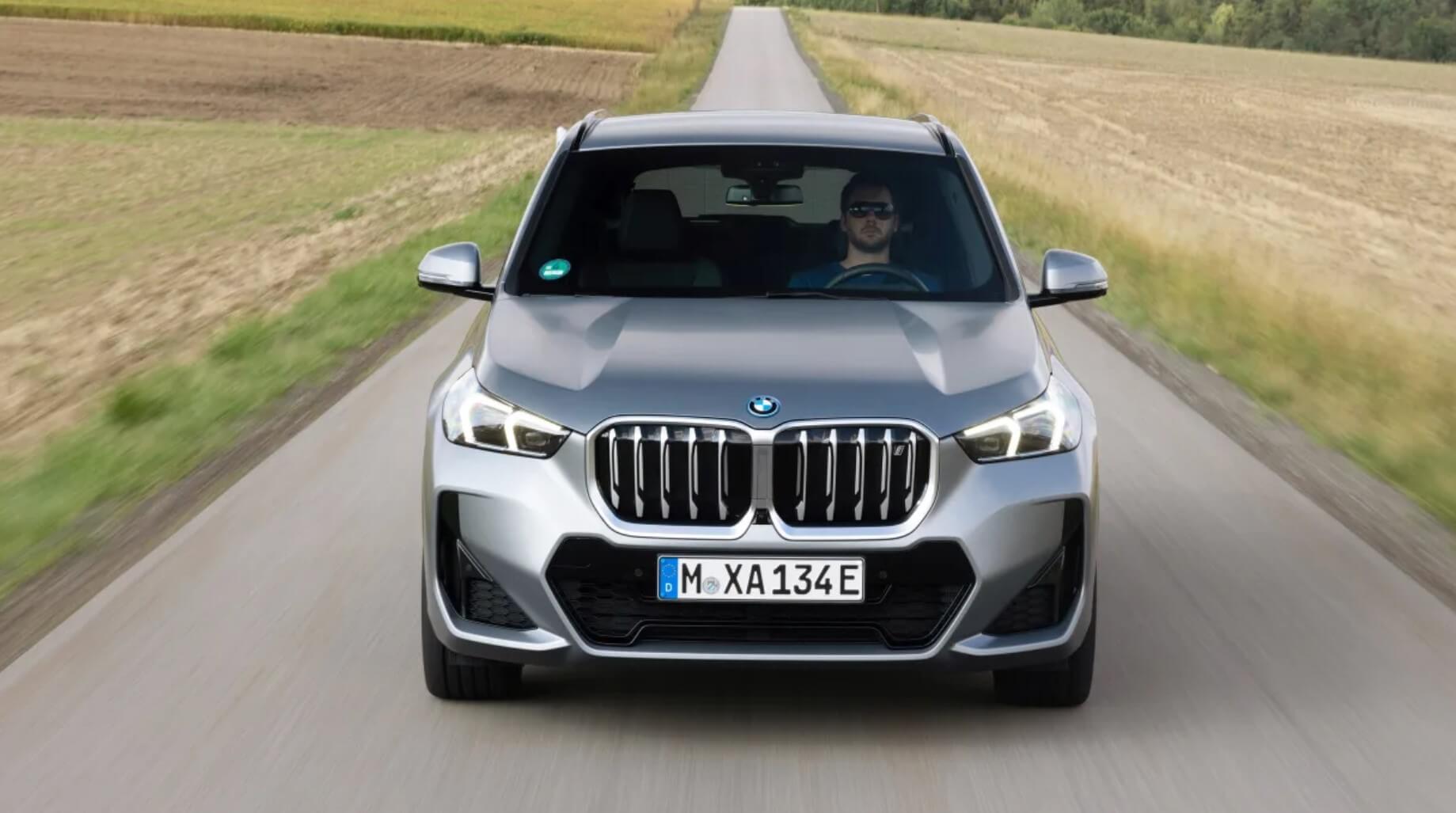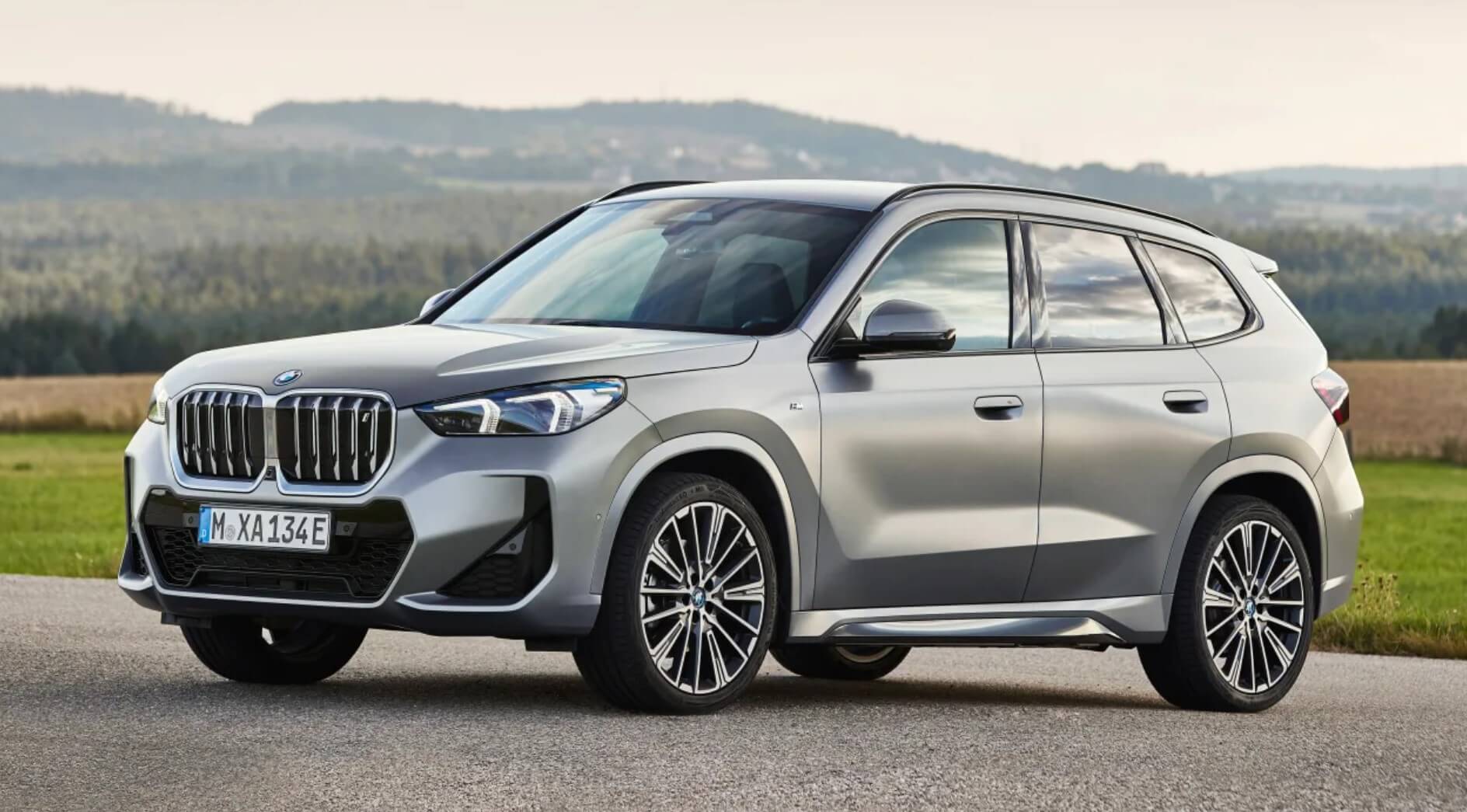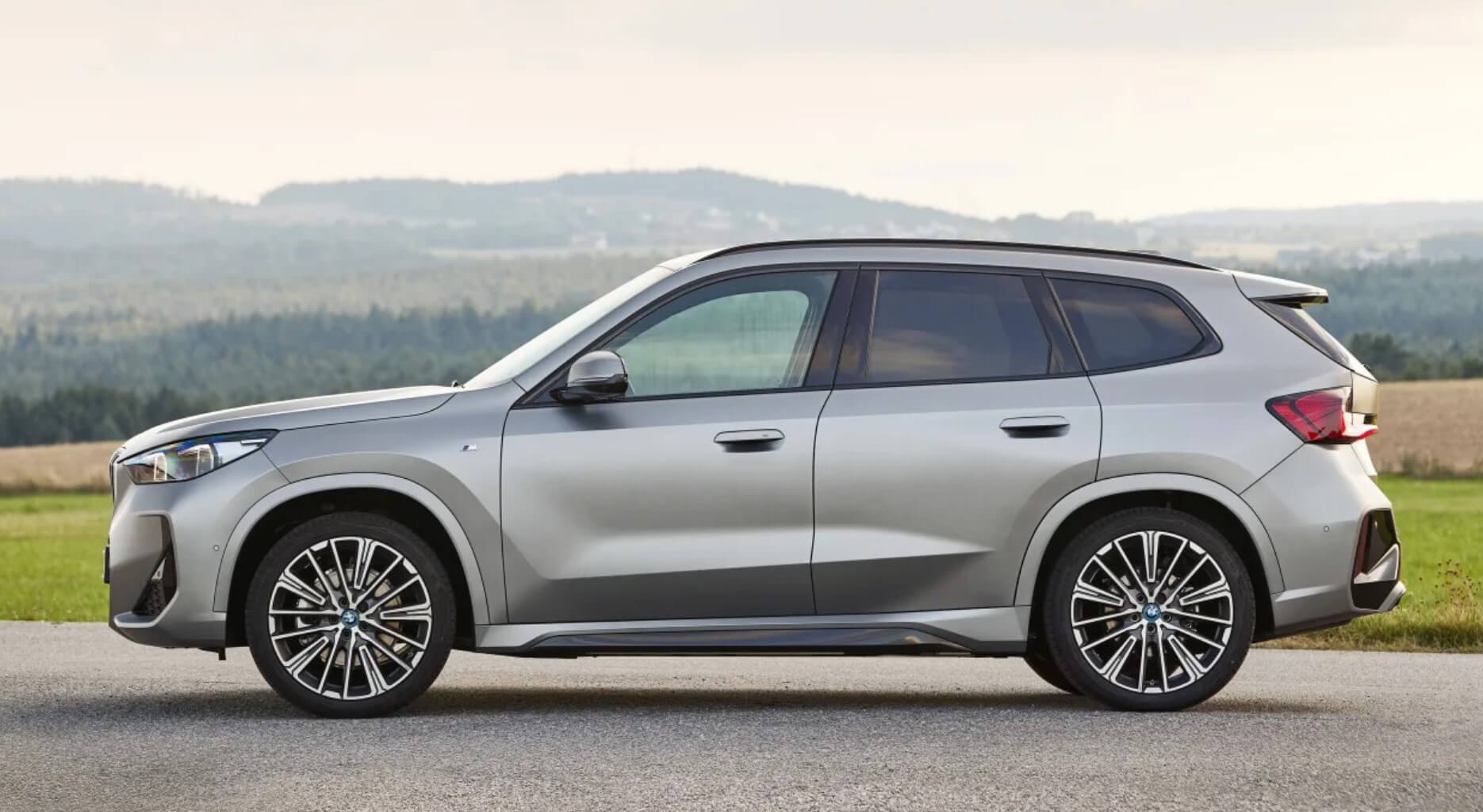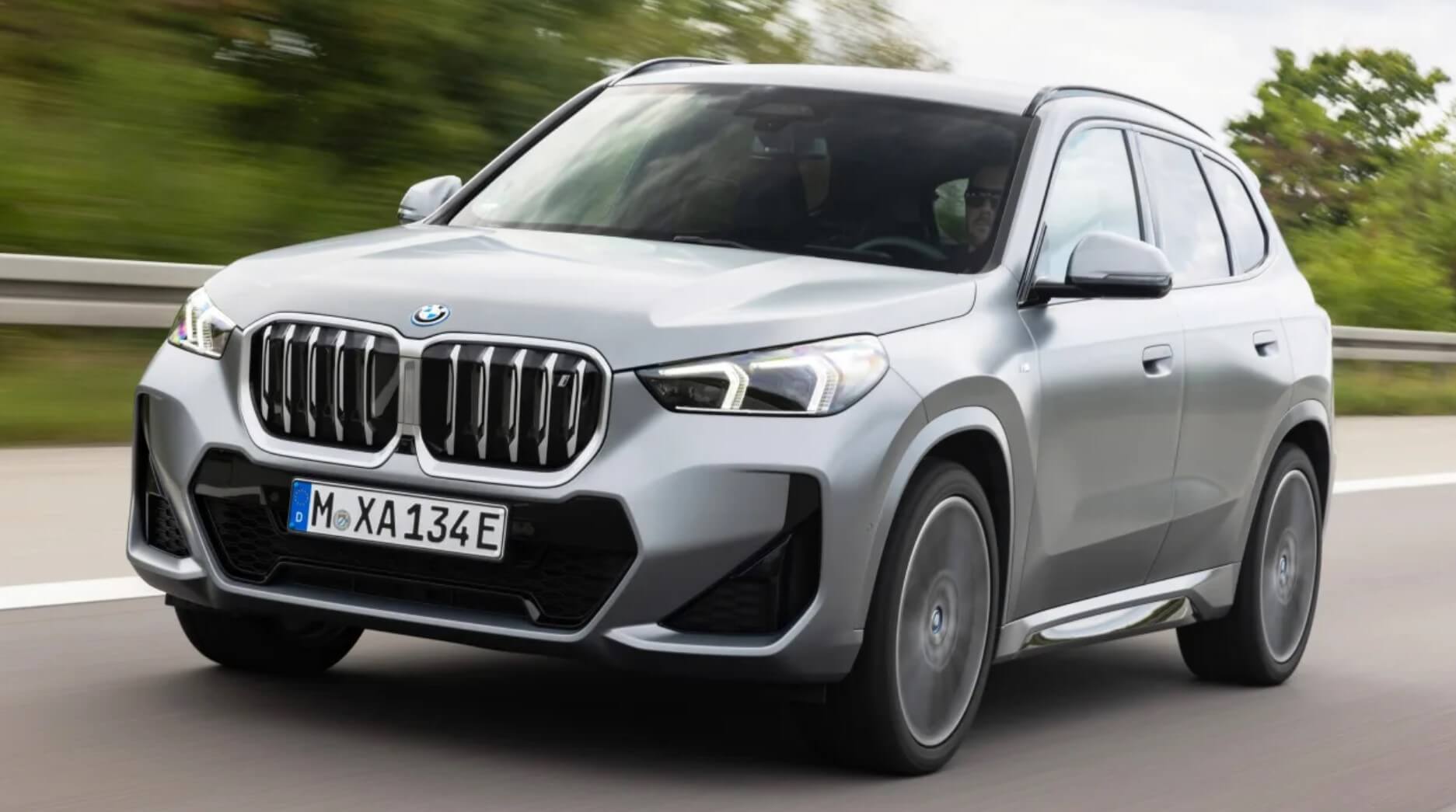Not the most engaging to drive, but the new BMW iX1 is a seriously comprehensive and recommendable electric prospect.
If you’re hoping for echoes of the BMW i3’s art deco design and originality in the new BMW iX1, you’ll be disappointed.
Let’s face it, the iX1 is rather derivative-looking; as with the vast majority of its rivals, from the Audi Q4 e-tron to the Mercedes EQA and Lexus NX, it’s not ugly but it’s not pretty or even terribly memorable, either. Which is why we’ll actually start with the inside of the BMW iX1, because it’s here that it really makes an impact.
First, check out the curved touchscreen; a focal point in an interior that feels every bit as plush and high-class as that of an X3, and is deliberately reminiscent of the BMW iX.
Complete with a 10.7-inch touchscreen and a 10.4-inch driver’s information screen, the operating system 8’s graphics are second to none. With wireless Apple CarPlay and Android Auto as standard on ever iX1, native features such as the excellent nav will be defunct for most. If you do use them, the configurable shortcut icons on the touchscreen’s home page will be useful.
Unfortunately, climate control is now done in-screen, but at least the controls are permanently visible and within easy reach, and the voice control is also one of the more reliable that we’ve tried.
Overall, the comfort, perceived quality and material finish of the iX1’s interior is really quite something. It needs to be to justify a price that is likely to land in Australia at around $80,0000 (local pricing and specifications are yet to be announced).
It’s practical, too. The iX1 gets a useful 490 litre boot capacity and a cubby beneath the boot floor that’s big enough for a couple of cables, while the rear seats split and fold in a 40/20/40 format. The rear seatback also recline in a 60/40 split, but they don’t slide, as they do in the non plug-in X1 models that share this new ‘UKL’ platform.
In the iX1, the rear seats are fixed, and you also have a slightly higher floor in relation to the seat cushion, which can make rear passengers with longer legs feel like their knees are bent up a bit uncomfortably. Other than that, leg- and headroom are decent enough to make life easy for two adults sat on the rear bench.
As for how it drives? We spent time in a pre-production car around BMW’s factory in Regensburg, and we can confirm that the iX1 is properly fast. As you’d expect, given the dual electric motors – one on each axle – which manage a combined 494Nm. Even without Sport mode engaged the iX1 is seriously punchy. Engage Boost mode, which you do by pulling the paddle on the wheel, and you get 10-seconds of comical acceleration.
Let’s face it, the Boost paddle is something of a gimmick, but it’s a fun one that can certainly help with the odd rapid overtake. If you do enjoy your weird gimmicks and electronica in modern cars, try the Energise mode.
This is found in the drive modes, and brings with it a colourful, artistic wallpaper across the screen and gently pulsing background noise that sounds like a muted, metronomic strimmer. Accelerate hard, and this suddenly morphs into what could be mistaken for an augmented elephant being tortured. Odd.
Anyway, back to the point – while it would lag behind the ever drag-ready Tesla Model Y, the BMW iX1 is a rapid family car, Boost mode or not.
It’s not a terribly engaging one, though. We’re still waiting for an electric SUV to come along and handle as well as the Jaguar I-Pace, but none have managed it yet – and we include the iX1 in that.
The xDrive all-wheel drive delivers huge grip and neutrality, and in faster direction changes you can feel it firing a bit more power to the back for a noticeably keener turn-in than you’ll enjoy on any of those aforementioned rivals.
But even with that, the steering feels short on feel and feedback, and is a little anodyne in general. Weighted nicely and always predictable, but never offering the sense that this is a car that wants to be driven quickly.
As such, the iX1 is a car that’s best enjoyed for its impressive refinement and confident, unflustered manners that make it wieldy around town or rock steady on a twisty road or in fast motorway stuff.
Ride comfort on our car, which sat on 20-inch wheels, is a tad heavy-feeling. You can feel the suspension working to keep the body in check, and it thumps and shimmies over bigger potholes.
Coarser surfaces or high-frequency imperfections aren’t such an issue, though, so it tends to feel relaxed and cohesive most of the time. It’s just a very easy car to drive, the iX1. Even the adaptive brake regen’ is mostly unobtrusive, while the ‘B’ mode engages a one-pedal drive mode that can be useful and efficient around town.
Talking of efficiency, the BMW iX1 has a healthy real-world range, in part thanks to a standard heat pump system and various efficiency tricks including a slippery drag coefficient of 0.26. As such, the official range is very good for a fairly modest 64.7kWh battery size.
The water-cooled batteries will also be primed for faster rapid charging if you input a rapid charger into the nav, or you can simply tell the iX1 to get the batteries ready for rapid charging (25 degrees celsius is the ideal battery charging temperature, according to BMW’s battery experts) via the touchscreen menus.
If you do get those ideal conditions, the iX1 will charge at up to 130kW for a 10-80 per cent to-up in around 30 minutes.
Overall, the iX1 is not the most engaging electric car to drive, but the interior finish, equipment, powertrain efficiency and general roominess still make it a seriously comprehensive and recommendable prospect.
Vicky Parrott













